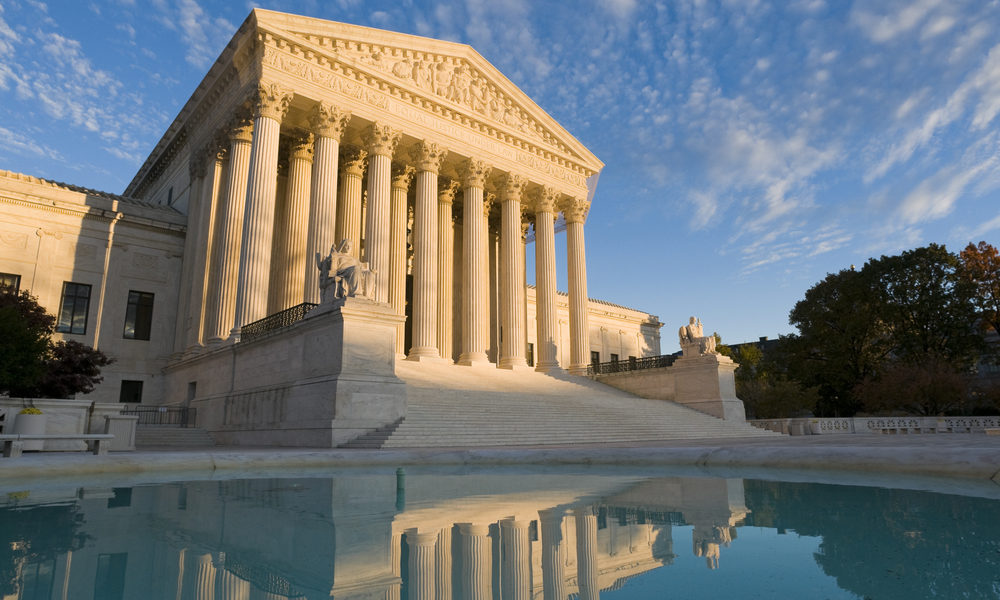“Our results reveal that term limits are likely to produce dramatic changes in the ideological composition of the court,” wrote Daniel Epps and Kyle Rozema, associate professors of law and co-authors of the paper “Designing Supreme Court Term Limits,” forthcoming in the Southern California Law Review.
“Most significantly, the Supreme Court had extreme ideological imbalance for 60% of the time since President Franklin Roosevelt’s effort to pack the court (in 1937), but any of the major term-limit proposals would have reduced the amount of time with extreme imbalance by almost half,” the authors wrote.
The paper is co-authored with Adam Chilton of the University of Chicago Law School and Maya Sen of the Harvard Kennedy School.
Currently, the Supreme Court consists of a chief justice and eight associate justices. Each has lifetime tenure. When a vacancy occurs, the president appoints a new justice.
This lifetime appointment “helps to insulate the justices from political pressures, but it also results in unpredictable deaths and strategic retirements determining the timing of court vacancies,” the authors wrote in the paper.
The new analysis provides “a framework for designing a complete term-limits proposal and develops an empirical strategy to assess the effects of instituting term limits.”
Using this strategy, the authors were able to simulate how term limits might have shaped decisions made by the court over the past 80 years.
They found proposals that commence appointing term-limited justices immediately could complete the transition in just 16 years, but proposals that wait until after the sitting justices leave the court to appoint term-limited justices would take an average of 52 years to complete the transition.
“If policy makers do decide to implement term limits, our research offers concrete guidance on how to design such a regime,” the authors wrote. “We not only provide a framework that guides analysis of any potential proposal, but also shows how the choices that are made lead to substantial differences across a range of key outcomes. In short, our research reveals that term limits in general and the details of any limits reform in particular would both have profound implications for the functioning of the court.”
Epps has previously suggested other possible routes for reforming the court, which include a balanced bench approach and a Supreme Court lottery.


